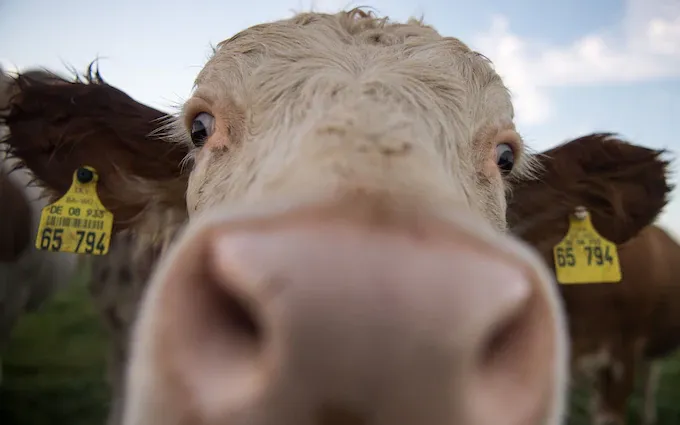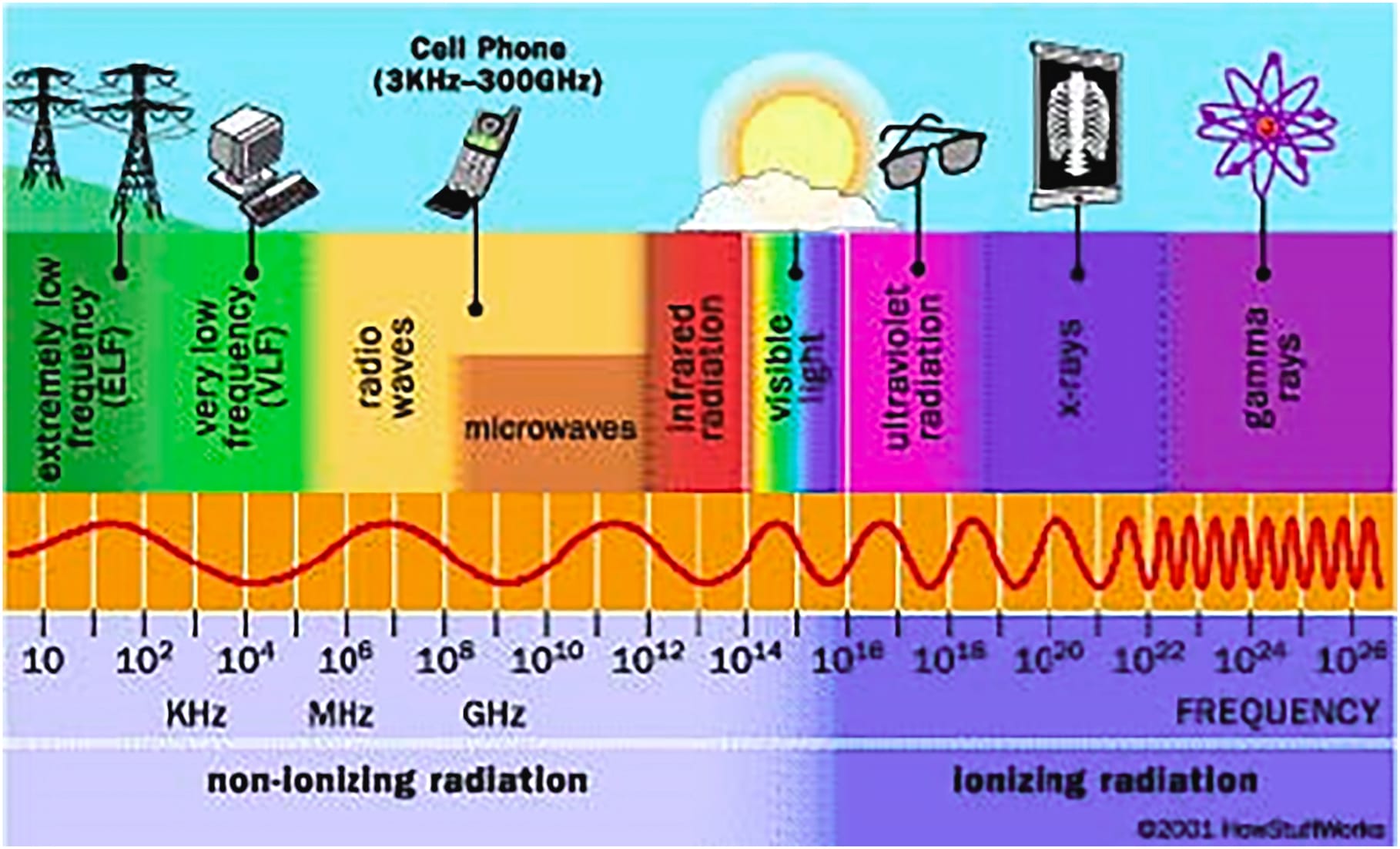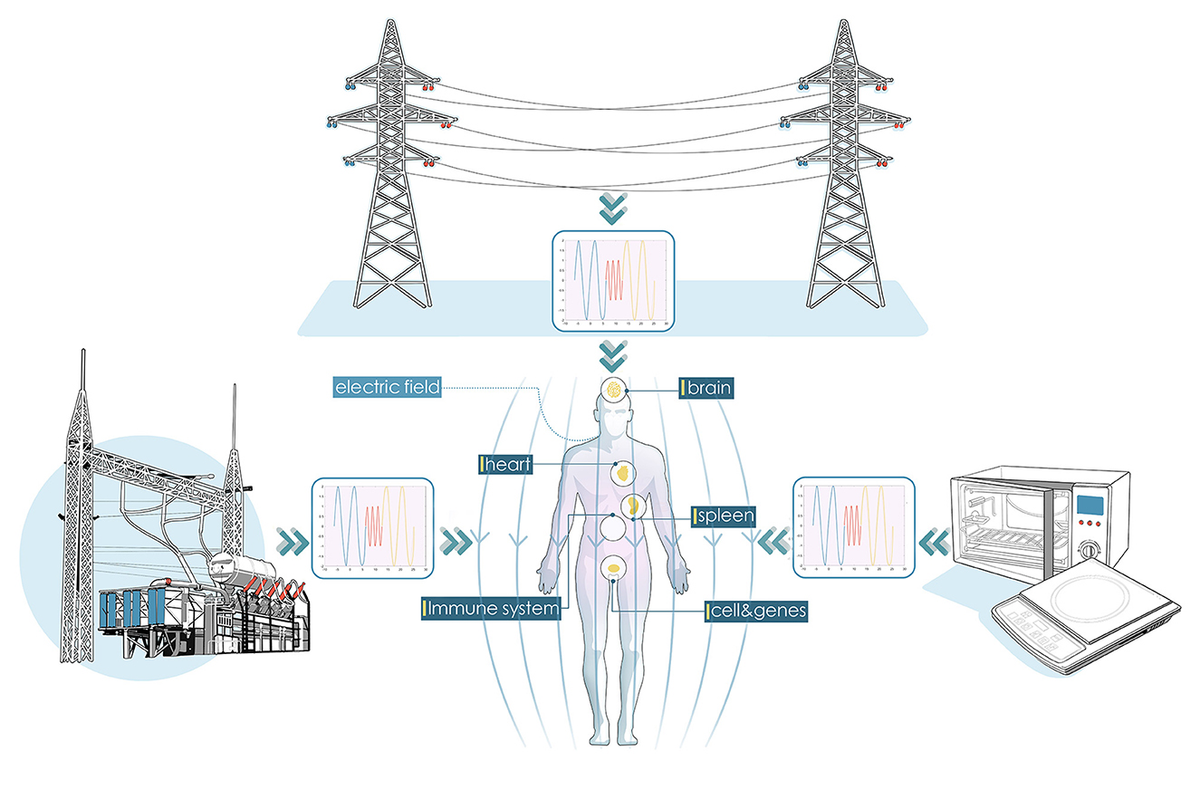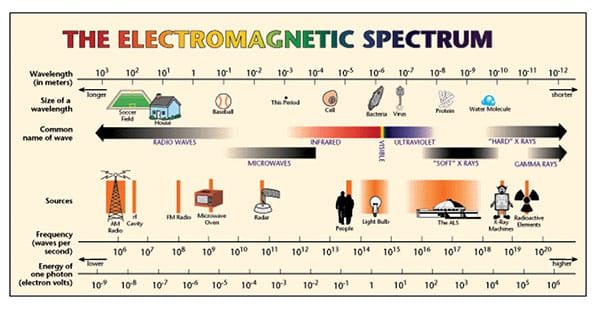The 2022 French 4G Antenna Controversy: Health Concerns for Cows

In 2022, a unique legal case in France captured national attention, highlighting the intersection of telecommunications technology and agricultural health. The case involved a farmer named Frédéric Salgues from Haute-Loire, who claimed that a newly installed 4G antenna was adversely affecting his herd of cows. This situation raised significant concerns about the potential health impacts of electromagnetic fields on livestock.




Background and Initial Court Ruling
Frédéric Salgues reported a noticeable decline in the health and productivity of his cattle following the installation of a 4G antenna near his farm. Salgues observed that approximately 40 of his 200 cows had died, and milk production had dropped by 15-20% shortly after the antenna became operational[1][3]. The administrative court in Clermont-Ferrand responded by ordering the temporary shutdown of the antenna for two months. This decision aimed to investigate whether there was a causal link between the electromagnetic fields emitted by the antenna and the health issues observed in the cows[1][3].

Scientific Debate and Legal Proceedings
The case sparked a broader debate about the safety of electromagnetic fields from mobile phone masts, particularly in rural areas. While Salgues and local authorities noted behavioral changes and health deterioration in the cows, the mobile operators, including Orange, Free, and Bouygues Telecom, argued that there was no scientific evidence supporting a link between the antenna and the cows' health problems[3][6]. Despite the court's initial ruling in favor of Salgues, the decision was later overturned by a higher administrative court. The appellate court concluded that the initial ruling did not sufficiently demonstrate a "grave danger" that justified the antenna's shutdown[5].

Implications and Ongoing Concerns
This case underscores the ongoing concerns about the potential health impacts of electromagnetic radiation, not only on livestock but also on humans. It highlights the application of the precautionary principle in environmental and public health matters, even in the absence of definitive scientific evidence[2][4]. The incident also reflects the broader societal debates in France regarding the rollout of 4G and 5G technologies, which have faced opposition and skepticism from some quarters[3][6].
The specific changes in the cows' behavior observed by the farmer, Frédéric Salgues, and local authorities included the cows becoming thin and lethargic. Additionally, the cows were reported to avoid the area near the antenna when outside and tended to cluster in groups inside the barn, skipping over certain areas. These behavioral changes were accompanied by a significant drop in milk production and unexplained deaths among the herd.
There have been several instances around the world where concerns have been raised about the impact of electromagnetic fields (EMFs) on livestock health, similar to the case in France involving Frédéric Salgues. Here are some notable cases:
- France: Beyond the case of Frédéric Salgues, other French farmers have reported mysterious livestock deaths they attribute to EMFs. For example, Stéphane Le Béchec, a farmer in Brittany, claimed that EMFs from a transformer, mobile transmission towers, and wind farms were responsible for the deaths of 200 cows over three years. He observed that his voltmeter reacted strongly to the ground and water on his property, indicating high levels of electricity.
- Brittany and Normandy, France: In Brittany alone, ten cases have been registered where livestock deaths have been attributed to EMFs, with some incidents occurring after the installation of wind farms. Similar cases have been reported in Normandy and Sarthe, where farmers have experienced unexplained livestock deaths and health issues.
- United States: In the U.S., there have been anecdotal reports of health concerns in animals exposed to extremely low-frequency electromagnetic fields (ELF-EMFs) from power lines. However, scientific studies have generally not found conclusive evidence linking EMF exposure to adverse health effects in livestock. Some studies have suggested that cattle might align their bodies along the Earth's magnetic field lines, which can be disrupted by ELF-EMFs from power lines, although these findings are not universally accepted.
These cases highlight ongoing concerns and debates about the potential health impacts of EMFs on livestock, although scientific evidence remains inconclusive. The variability in reported effects and the lack of definitive scientific proof make this a complex and contentious issue.
What about 5G Concerns?
Concerns about 5G technology have been raised globally, primarily focusing on potential health risks associated with electromagnetic fields (EMFs) and cybersecurity vulnerabilities. Here are some key points regarding these concerns:
Health Concerns
- Electromagnetic Radiation: 5G technology operates at higher frequencies than previous generations, which has led to public concerns about increased exposure to EMFs. However, international bodies such as the World Health Organization (WHO) and the International Commission on Non-Ionizing Radiation Protection (ICNIRP) have stated that there is no established evidence linking 5G exposure to adverse health effects, provided that exposure remains below international guidelines.
- Non-Ionizing Radiation: 5G uses non-ionizing radiation, which is not known to cause cancer in humans. Studies have shown that the radiation levels from 5G are similar to those from existing mobile networks, and no adverse health effects have been causally linked to wireless technologies at these levels.
- Public Concerns and Misinformation: Despite scientific reassurances, public concerns persist, fueled by misinformation on social media. Some of these include unfounded claims linking 5G to health issues like cancer or even COVID-19, which have been debunked by health organizations.
Cybersecurity Concerns
- Increased Vulnerabilities: The transition to 5G involves more decentralized and software-based systems, which can increase the number of potential entry points for cyberattacks. This poses challenges for maintaining robust security across the network.
- IoT Devices: 5G is expected to support a vast number of Internet of Things (IoT) devices, many of which may have inadequate security measures. This increases the risk of network breaches and hacking.
- Need for Improved Security: As 5G networks expand, there is a pressing need for improved cybersecurity measures to protect against potential threats. This includes better encryption and monitoring systems to manage the increased data flow and connectivity.
In summary, while 5G technology offers significant advancements in connectivity and data transmission, it also brings challenges that need to be addressed. Ongoing research and the implementation of stringent safety and security measures are crucial to mitigating these concerns.
Conclusion
While the legal battle over the 4G antenna in Haute-Loire has concluded, the case remains a significant example of the challenges faced by rural communities as they grapple with the implications of modern technology. It raises important questions about how to balance technological advancement with health and environmental concerns, particularly in areas where scientific evidence is still emerging. The case of Frédéric Salgues and his cows serves as a reminder of the need for ongoing research and dialogue about the impacts of electromagnetic fields on both human and animal health.
Citations:
[1] https://soylentnews.org/article.pl?sid=22%2F06%2F16%2F1511205
[2] https://essentialenergy.solutions/blogs/news/french-court-investigates-4g-can-cell-towers-harm-cows
[3] https://www.connexionfrance.com/news/french-court-orders-4g-antenna-switch-off-over-cow-health-concerns/181324
[4] https://ehlinelaw.com/blog/french-court-cows-health-affected-by-4g-cell-phone-tower
[5] https://www.connexionfrance.com/practical/french-farmer-on-a-mission-to-prove-4g-tower-is-harming-his-cattle/172259
[6] https://www.thescottishfarmer.co.uk/news/20193762.mast-kidding—french-court-orders-4g-turn-off-40-cow-deaths/






